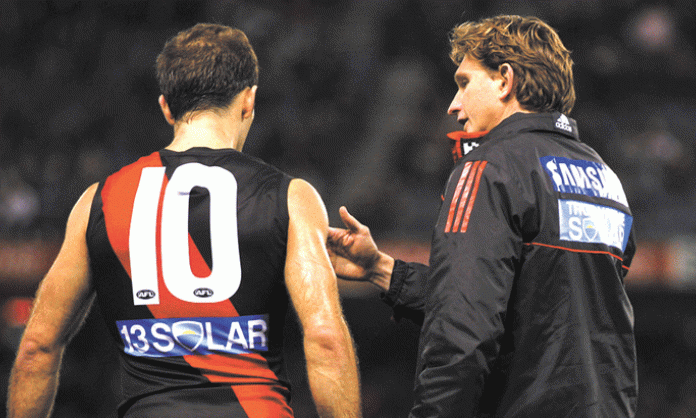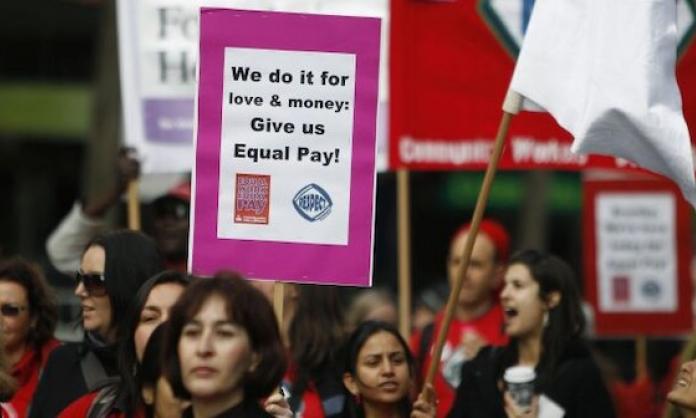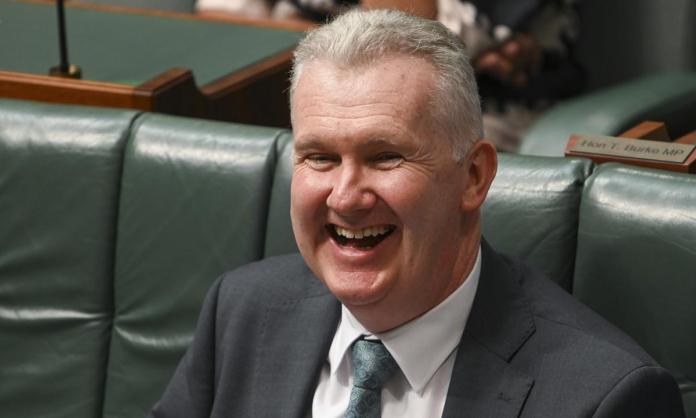Scandal! The Essendon Football Club (EFC) “supplement scandal” has been the burning issue of the AFL 2013 season. During the long period of investigation by the AFL and the Australian Sports Anti-Doping Authority, the corporate media have focused primarily on the tensions, ambiguities and irregularities between the AFL, the EFC and coach James Hird.
The issue has often been reduced to a very public soap opera. The wider public has been deprived of critical insights about the incorporation of sport into the master frame of “the market”. A deeper analysis, acknowledging the social roots of this problem, is required.
The myopic culture of capitalist sport
There are five key elements to the neoliberal transformation of sport.
First, the key principle in growing a market in sport is to establish a brand that will attract and hold spectators and participants. Prior to establishing a viable competition, basic “plant” in the way of facilities and infrastructure is also required. In the case of football, this means appropriate stadiums and playing facilities. In selling the brand, active involvement of mass media, with the associated benefits of advertising, then follows. In securing such basic infrastructure, endorsement and material support follow from the state, through policy and regulation.
Second, hyper-competition is the ultimate code. Hard-edged competitive practices shape interactions between codes and, within each code, between clubs, inside clubs and into the hearts, minds and bodies of athletes. In the 1987 film Wall Street, the principal character, Gordon Gekko, asserted that greed is good and that it captures the essence of the evolutionary spirit. The architects of neoliberal capitalist sport have reworded Gekko’s axiom into the belief that “sport is greed”.
Third, the brand rules. While the spectacle of tight contests and fierce competition is of upmost importance, the growth and security of the brand, not the sport itself, matter most. This means that the context of competition must be carefully managed by sharing success between competitors in order to guarantee ongoing interest in and loyalty to the brand. Policy designed to effect “equalisation” between clubs has been one lever used to help manage the tension between competition and tangible equity.
Fourth, sporting specialists of all stripes must be mobilised to the max and unite in the cause. These include administrators, coaches, medical staff, sports scientists and the media. They are the essential technicians behind the quest for the “winning edge”, “competitive advantage” and the “one percenters”.
And finally, athletes’ bodies and minds must be controlled, commodified and, it seems, medicated.
The AFL as a prime example
The AFL understands itself as a leading brand in sports entertainment. Its branding process reaches across a wide range of symbols, activities and sub-units. Further down the corporation are the independent clubs, which are tightly controlled units. And further down still are the elite athletes, who are shaped as active but docile machines and as commodities for the mass market of the AFL brand.
Australian Bureau of Statistics data offer one measure of the success of this branding process. The AFL, including its incorporated sub-leagues, attracts more spectators than other sports. Under the two network broadcasting arrangement, including Fox Footy and Network Seven, television audiences continue to grow.
The AFL has actively courted state and federal governments as well as private corporations to help fund code infrastructure. Some examples of these financial and market-driven relationships include “partnerships” in the Gold Coast Stadium, Sydney Olympic Park, Adelaide Oval, the redevelopment of the Great Southern Stand at the MCG and the SCG.
The AFL has enacted a range of initiatives designed to create “equalisation” across the clubs. Equalisation involves measures and controls designed to foster revenue sharing as well as limiting the extremes of performance between clubs. It involves devices such as early draft picks for lower placed clubs and the enforcement of “salary caps” on player payments.
In August 2013 a deputation of officials from the AFL visited the US to study methods of equalisation in the major sports of football and baseball. On return, AFL deputy chief executive Gillon McLachlan said he saw effective strategies designed to promote competition equalisation and thus to give all supporters hope that their club would be competitive. His summary comment is telling: “Very capitalist endeavours support these socialist policies.”
Here we detect vital clues about the dynamics behind the Essendon supplements scandal. Equalisation is a label for the processes designed to secure and grow the AFL brand within the sport/entertainment market. The problem, as this scandal highlights, is that this process of market management and manipulation also generates serious contradictions and perhaps unintended effects. Primarily, players have been used as high performance guinea pigs. Individual clubs, within the managed market, understand that their time in the spotlight of success, at the top of the league table with the chance of a premiership, is limited.
In order to achieve success, clubs must carefully harness their collective resources, manage their playing list wisely and, all going to plan, capitalise on their chance for a premiership when their turn arrives. It is around this imperative to win within a narrow opportunity that temptations to push the envelope arise.
Understood in these terms, capitalist sport is designed to generate contradiction. Obvious examples include the growth of illegal gambling and the burgeoning use of drugs by athletes. In turn the health and well-being of participants caught up in this maelstrom of incentives, inducements and pressures are put at risk, and so is the public’s faith in sport itself.
The Essendon supplement scandal raises an alert about such socio-political contradictions. Within the burgeoning framework of capitalist sport culture, supplement use is a stark example of clubs, officials, experts and obedient players striving to find that small edge of competitive advantage.
Neoliberalism, as a meta-ideology, fosters this ugly climate within which such contradictions flourish and fester. In the end, we get good entertainment but bad sport and bad blood.








